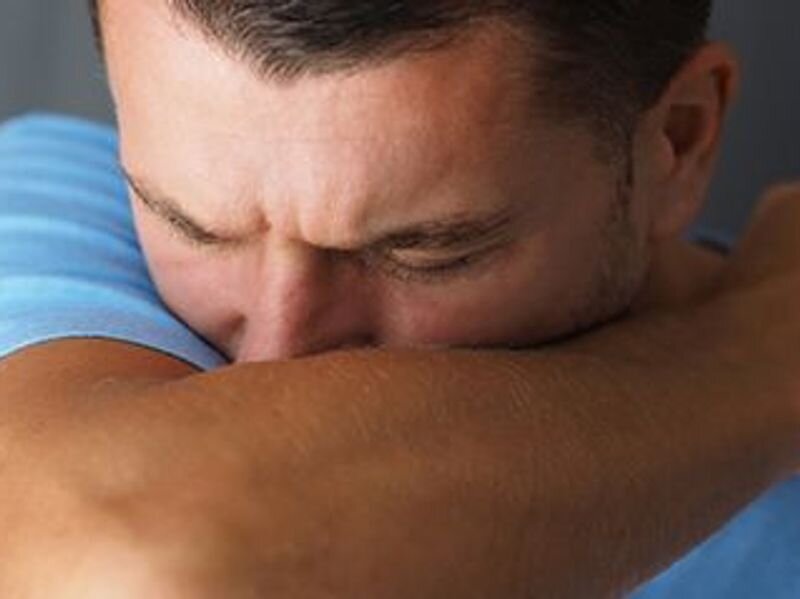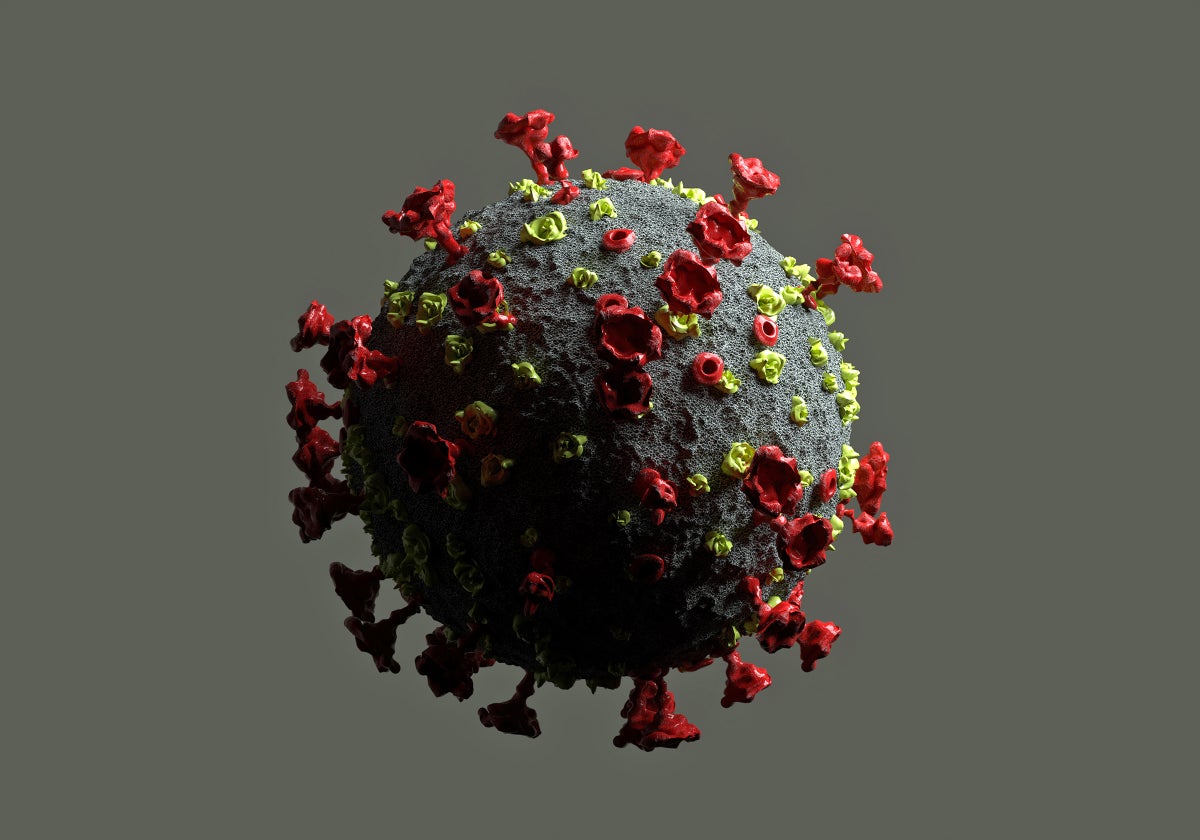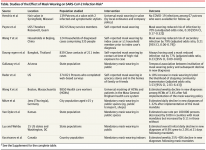yukbon
Well-Known Member
Holy fuck do I hate that excuse -- they did that shit during Iraq War Jr too, giving everything to Halliburton -- because it's such a self-fulfilling prophecy: "these guys are the only ones with the experience and expertise, so that's who we gave the contract to, so they're the only ones who work on projects of this scale, so no one else has experience or expertise with projects of this scale....".Why was Deloitte awarded the project on a no-bid basis? The contracts claim the company was the only “responsible source” to build the tool.
The hard facts of the matter are, with big data being what it is, you should be able to bring this kind of project to *someone* else, they absolutely are not the only players in town. Of course, project management politics being what they are, it'll wind up in some huge IT conglomerate like IBM or Oracle and then it'll be trash forever, just like Deloitte.....







